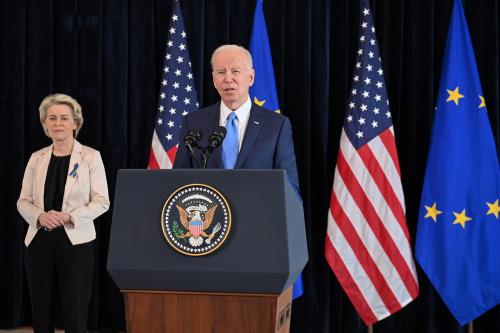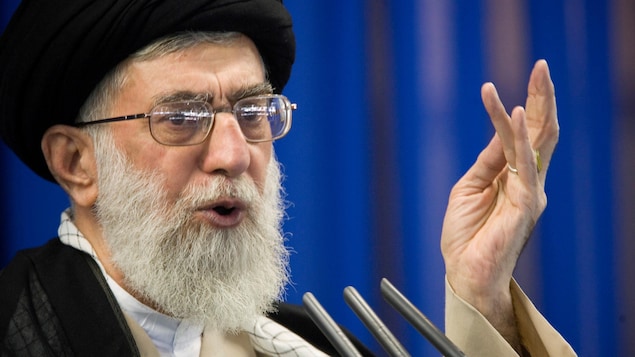
It is customary, especially on the left, to define the United States as an empire. The description conflicts with the traditional meaning of the term, i.e. “a political body headed by a sovereign bearing the title of emperor, and made up of other state entities (kingdoms, principalities, nations, etc.), all subordinate to the central authority.” Regardless of the less imperial aspect of Joe Biden, Donald Trump and others, the real problem with definition is territorial extension, given that the United States is decidedly a unitary country from a geographical point of view.
However, the United States directly owns small (mostly very small) “Overseas Territories”. The largest (the only one with a large size) is the island of Puerto Rico (in English, editor). It has a population of 3.3 million and is located in the Atlantic Ocean at the edge of the Caribbean Sea, as well as the US Virgin Islands (population 87,000).
The other territories, as well as the islands, are located instead in the Pacific Ocean: Guam (154,000 inhabitants), the Northern Mariana Islands (47,000) and American Samoa (50,000).
In addition to the common nationality, all these small, scattered territories were united by another common characteristic: the population is in sharp decline, and it is not clear why. In two cases, the Virgin Islands and American Samoa, there is a close twin with which an immediate comparison can be made: the British Virgin Islands and independent Samoa. Between 2010 and 2020, the US Virgin Islands lost 18% of its population, while the BVI population grew by 9%. American Samoa’s population fell by 11%, while independent Samoa gained 7%…
Not even the most miserable states in the continental United States (West Virginia, which is losing 3.2% of its population, and Mississippi, which is losing 0.2%) go that far. In any case, the US population, at about 334 million, continues to grow overall.
What do those miserable American islands compare to their neighbors who, on the other hand, seem to be in perfect health? It’s dangerous to rely on one simple explanation, but one common factor stands out: the United States islands (with the only, limited exception of Puerto Rico) don’t count for cabbage. It is far, invisible and insignificant from the political and media point of view.
The fact is that its decline seems to have many points in common with those of the vast, almost empty interior of the United States, the region of the endless plains, deserts and forests in which the inhabitants of the coasts so rich in the country live. Describe sufficiently by the phrase “a country over which it flies”, i.e., “a territory over which it flies” while passing from one important coast to another …
In short, the territory of the US islands is likely to be in crisis because in a country that is primarily governed by economic criteria and more than 80% of its population is “urban”, it is as if they are functionally “rural”. So it will be of little or no value and no one cares about it.
diplomatic note

“Prone to fits of apathy. Introvert. Award-winning internet evangelist. Extreme beer expert.”


